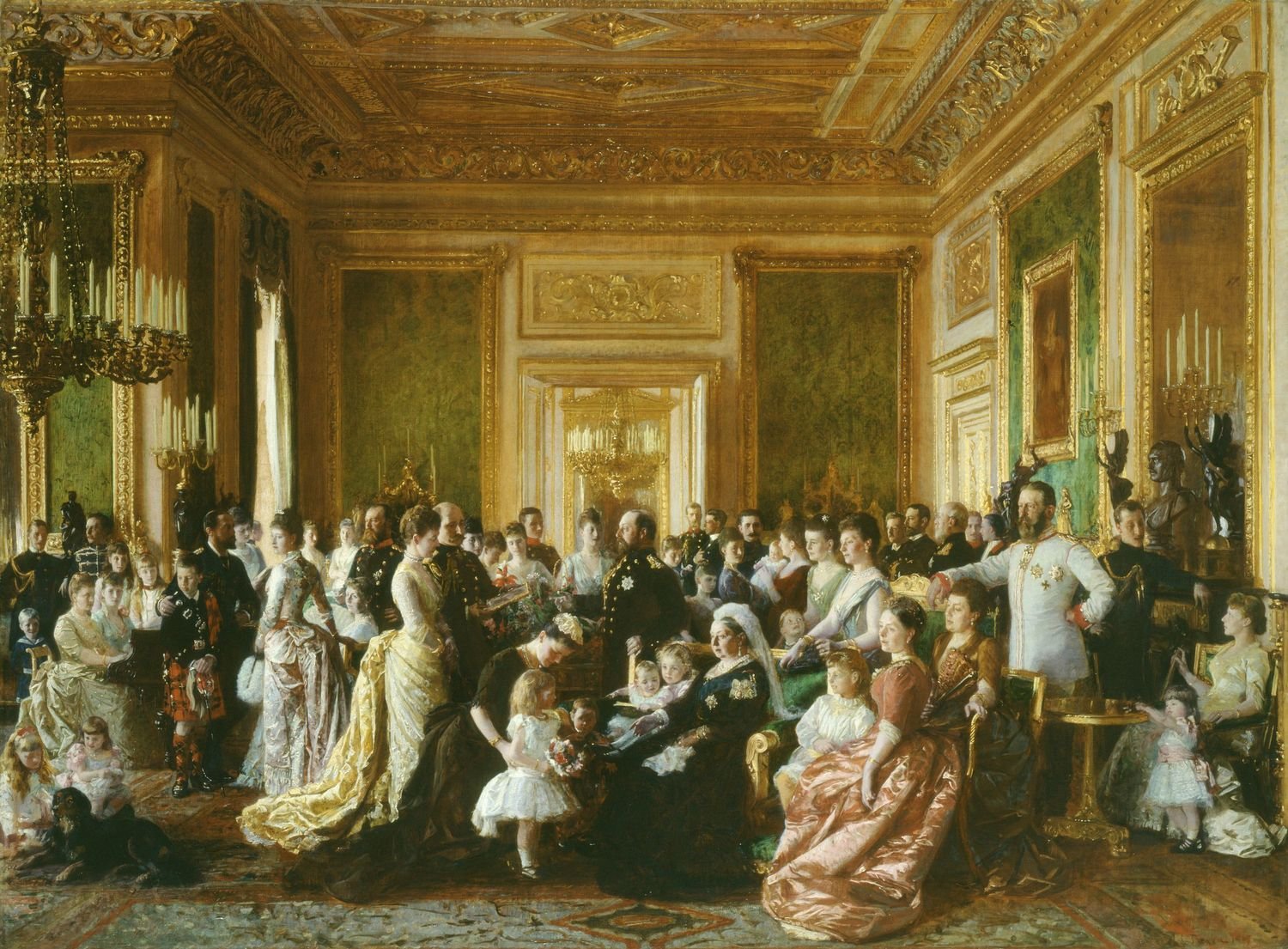
A Secondary Shool resource
Alexander III (1845-1894)
Alexander III was 6ft 3in and aged 36 at accession. He was tall, broad shouldered and extremeley strong. He could tear a pack of cards in half with his bare hands. After his father's assassination, Alexander was determined to purge the empire of terrorism. He established the Okhrana who were an undercover secret police tasked with keeping political suspects under close observation. Businesses could be closed, and limited sentences could be imposed without trial. Press freedom was restricted. Universities across Russia were temporarily closed in 1889 because of student demonstrations against government control. Extremist groups moved underground. In the crackdown that followed the Okhrana arrested and executed a university student called Alexander Ulyanov, the elder brother of future leader Lenin.
Alexander III was determined to unite the country behind Russification. Russian language was made compulsory in all schools and minority groups, particularly the Jewish community, suffered persecution.
The Industrial Revolution reached Russia in the late 19th century. From 1890 Russia began to change rapidly into an industrial country. Building the Trans-Siberian Railway from Moscow to Vladivostok began in 1891. There were also some signs of modest reform – serf repayments were lowered but nevertheless revolutionary movements continued to grow during Alexander's reign. By the time of his death in 1894 Russia had returned to control by the Tsar, the church and landed class.




